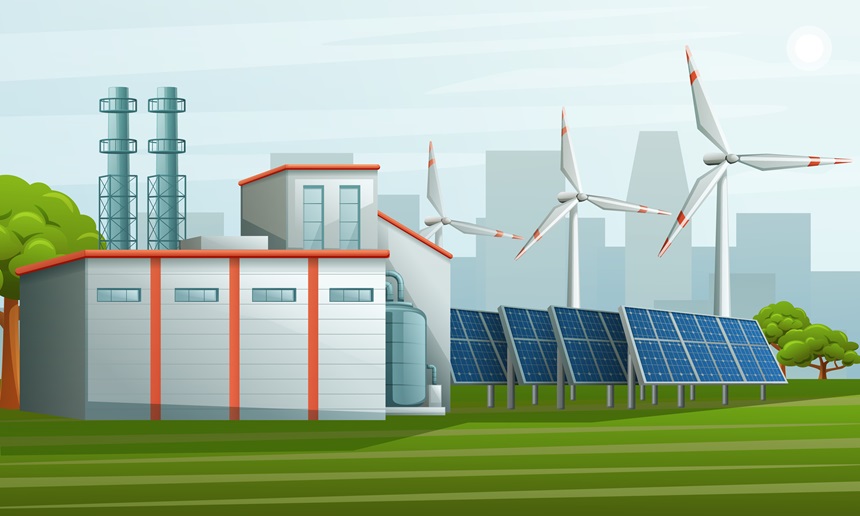As the world embraces renewable energy, energy storage has become a critical player in the power landscape, helping to stabilize grids, reduce energy waste, and support sustainable goals. While solar and wind energy are key to cutting down carbon emissions, they’re also naturally unpredictable. Energy storage systems bridge this gap, capturing excess energy generated when the sun shines or the wind blows and releasing it when demand surges or renewables aren’t generating. Let’s dive into the evolving role of energy storage, the technologies driving it forward, and how it’s reshaping the energy industry.
Why Energy Storage Matters
Reliability is one of the biggest challenges for renewable energy sources, as they don’t produce power around the clock. By storing excess energy, energy storage technology offers a solution, ensuring a constant, stable supply of electricity for homes, businesses, and cities.
For example, on sunny days, solar panels can generate more electricity than needed. This surplus can be stored and used when the sun isn’t shining, instead of depending on backup from fossil-fuel plants. Similarly, during peak wind hours, energy storage captures power for when winds slow down. Battery storage solutions, such as lithium-ion batteries, are especially popular for these purposes. They’re affordable, scalable, and easy to install for homes, businesses, or grid-scale applications.
Emerging Technologies in Energy Storage
While lithium-ion batteries are widely used, they’re just one piece of the energy storage puzzle. Here are some emerging technologies reshaping the storage industry:
- Flow Batteries: Unlike traditional batteries, flow batteries use liquid electrolytes, making them more scalable for large, utility-scale storage. Their ability to handle prolonged discharge times makes them ideal for industries and areas with high energy demands.
- Solid-State Batteries: These batteries replace liquid electrolytes with a solid, making them safer, more energy-dense, and potentially longer-lasting. Though still under development, solid-state technology could revolutionize both electric vehicles (EVs) and grid storage applications in the future.
- Thermal Storage: By storing energy as heat or cold, thermal storage systems are highly efficient in sectors like industrial manufacturing and district heating, where temperature control is crucial. This type of storage also has the advantage of being very cost-effective over time.
- Pumped Hydro Storage: This is one of the oldest and most efficient storage technologies, using the gravitational pull of water to create power. It works by pumping water to a higher elevation during low demand, then releasing it to generate electricity when demand spikes.
- Compressed Air Storage: Compressed air energy storage (CAES) involves storing energy by compressing air into large containers, such as underground caverns. When electricity is needed, the air is released to generate power. CAES is still being optimized but shows promise for large-scale, long-term storage needs.
The Future of Energy Storage
The energy storage industry is advancing at a rapid pace, largely fueled by the need for reliable, clean power and the demand for resilient energy systems in the face of climate change. As battery technology improves, costs are expected to fall, making energy storage solutions even more accessible. Integration with smart grids will also play a major role, allowing for more efficient energy distribution and demand response capabilities.
Moreover, many governments are setting policies that incentivize energy storage adoption, understanding its role in achieving carbon reduction goals. For businesses and communities, investing in storage isn’t just a way to save on electricity bills—it’s also a step toward energy independence and resilience.
Energy storage is more than a supporting technology for renewables; it’s a game-changer that enables a cleaner, more sustainable energy system. As innovations continue and costs decrease, energy storage will play an even greater role in powering the world. From large-scale installations to household battery systems, energy storage holds the key to a future where renewable energy is reliable, accessible, and resilient.




